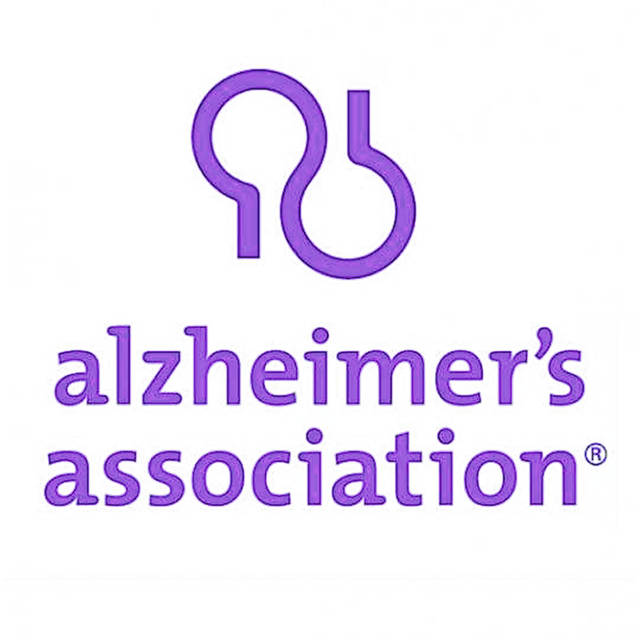
In 18 months, Ohio is expected to have its first official plan to galvanize public, private and non-profit resources to address the burgeoning growth of Alzheimer’s in Ohio.
Like an Octopus with tentacles, each case of Alzheimer’s reaches deep into a family. According to the Alzheimer’s Association 2020 Facts and Figures report, there are 220,000 Ohioans aged 65 and older living with Alzheimer’s and 604,000 family and friends who care for them.
But those numbers do not tell the full story.
They do not include people younger than 65 who have been diagnosed with early-onset Alzheimer’s; the number does not include anyone diagnosed with other dementias; it does not include people diagnosed with mild cognitive impairment – which can be a precursor to Alzheimer’s – ;and it is not inclusive of thousands of Ohioans whose family members are ignoring the symptoms or who are attributing the symptoms to normal aging and missing the medical cause.
Eric VanVlymen, regional leader for the Alzheimer’s Association in Ohio, said, “Currently over half of the people are not diagnosed, and 50% are not told of their diagnosis. When you think about that you have a better understanding of how Alzheimer’s impacts families, communities and our economy.”
In August, Gov. Mike DeWine appointed 11 Ohioans to the newly minted State Task Force on Alzheimer’s and Dementia, charged to create Ohio’s first state Alzheimer’s plan. Led by Ohio Department of Aging Director Ursel J. McElroy and a representative from the Ohio Department of Health, the task force by law has 18 months to complete a state Alzheimer’s plan. The group is expected to address issues such as the importance of early detection and diagnosis, resources for caregiver support, quality of care and safety.
Whatever the state task force comes up with, it will have a lasting impact on how Ohio fights this progressive brain disease. “First, I want to say thank you to the governor and the elected officials for making this happen and to the Ohio Department of Aging Director Ursel J. McElroy for their leadership,” VanVlymen said. “As we expect Alzheimer’s to double in the next 30 years, it’s essential for the state to plan how to care for those individuals. This is a unique opportunity to be proactive to greatly increase the accuracy and timeliness of diagnosis through early detection,” he said.
VanVlymen added that accuracy and timeliness of diagnosis is more than just catching the disease earlier in its progression. “The proactive stance, based on where science stands, is to ensure the accurate and timeliness of diagnosis but it also means to be able to scale more services to reach more people to prepare for the doubling,” he said.
The disease is costly. Today, the average per-person Medicaid spending for seniors with Alzheimer’s and other dementias is 23 times greater than average per-person Medicaid spending across all seniors without dementia, according to the Alzheimer’s Association. In 2020, caring for people with Alzheimer’s nationwide will cost Medicaid an estimated $51 billion — and will rise nearly 300% (before inflation) by 2050.
Early detection is key
Dr. Alan Lerner, who is co-director of the Clinical Core at the Cleveland Alzheimer’s Disease Research Center and director of the Brain Health and Memory Center at the Neurological Institute of University Hospitals Cleveland Medical Center, said early detection is critical to beating Alzheimer’s. “The focus in the field is on early detection,” Lerner said. “You need to have knowledge if we think about a world where we can treat Alzheimer’s better,” he said.
“We don’t wait for you to be lying in ICU and sepsis to treat a urinary tract infection. We don’t wait for a pea-size tumor to be a larger-size tumor. Is Alzheimer’s any different? Dementia is the last thing to happen. These are profound issues,” Dr. Lerner said.
At this summer’s Alzheimer’s Association International Conference® (AAIC), scientists reported results of multiple studies on advances in creating a blood test to detect changes in the brain before dementia symptoms occur. Maria C. Carrillo, Ph.D., Alzheimer’s Association chief science officer, said, “There is an urgent need for simple, inexpensive, non-invasive and easily available diagnostic tools for Alzheimer’s. …The possibility of early detection and being able to intervene with a treatment before significant damage to the brain from Alzheimer’s disease would be game changing for individuals, families and our healthcare system.”
Possible treatment on horizon
As the state task force shapes its recommendations, those in the Alzheimer’s community are waiting with anticipation to hear the results of the U.S. Food and Drug Administration’s review of the investigational drug aducanumab. If approved, aducanumab would become the first treatment ever for Alzheimer’s disease. All current Alzheimer’s treatments address symptoms only. A decision is expected in 2021.
“This state plan comes at a time when there could be dramatic changes in how we detect and treat Alzheimer’s disease. The opportunity is here to help hundreds of thousands of Ohioans dealing with this crippling disease,” VanVlymen said.


